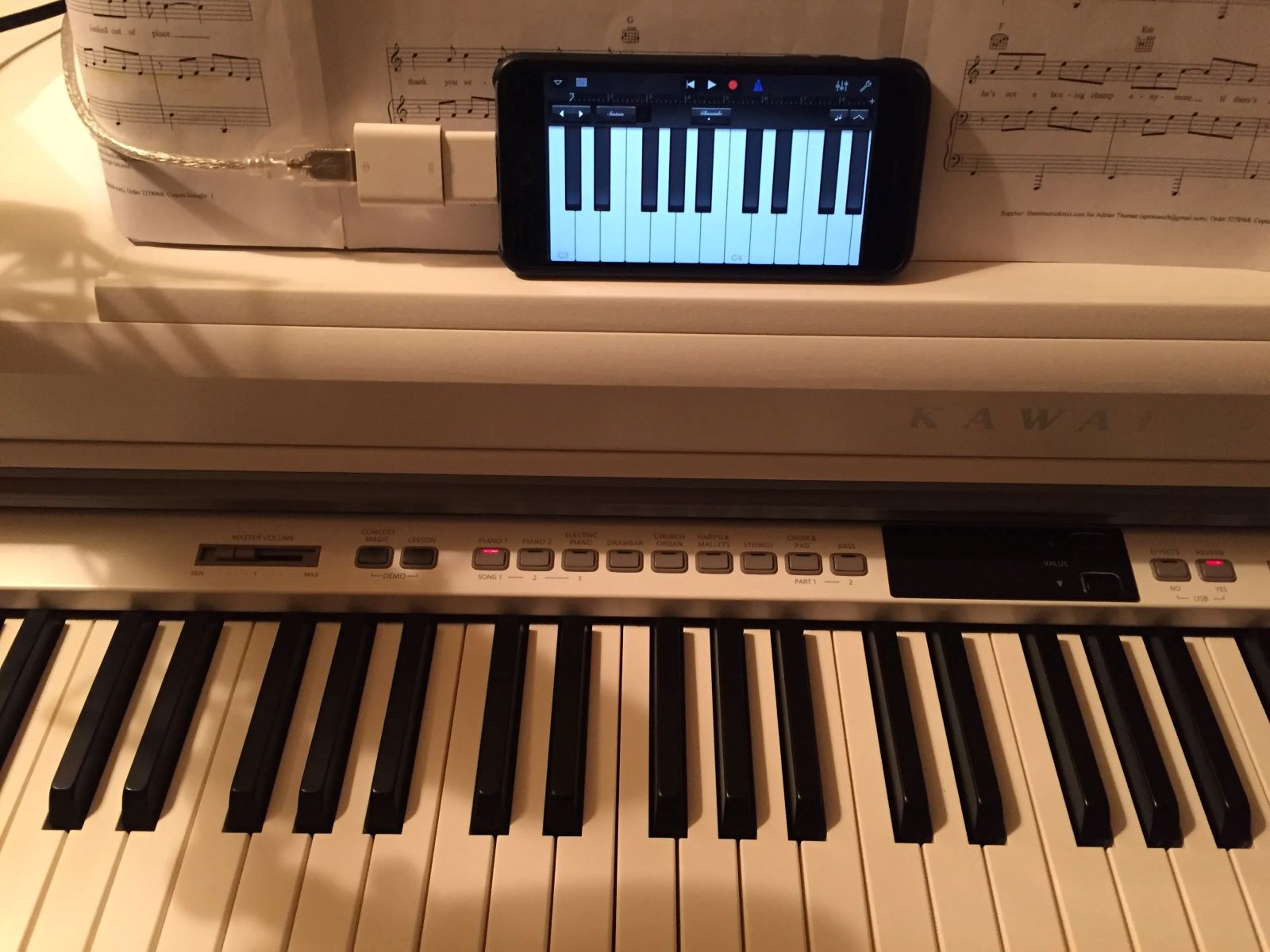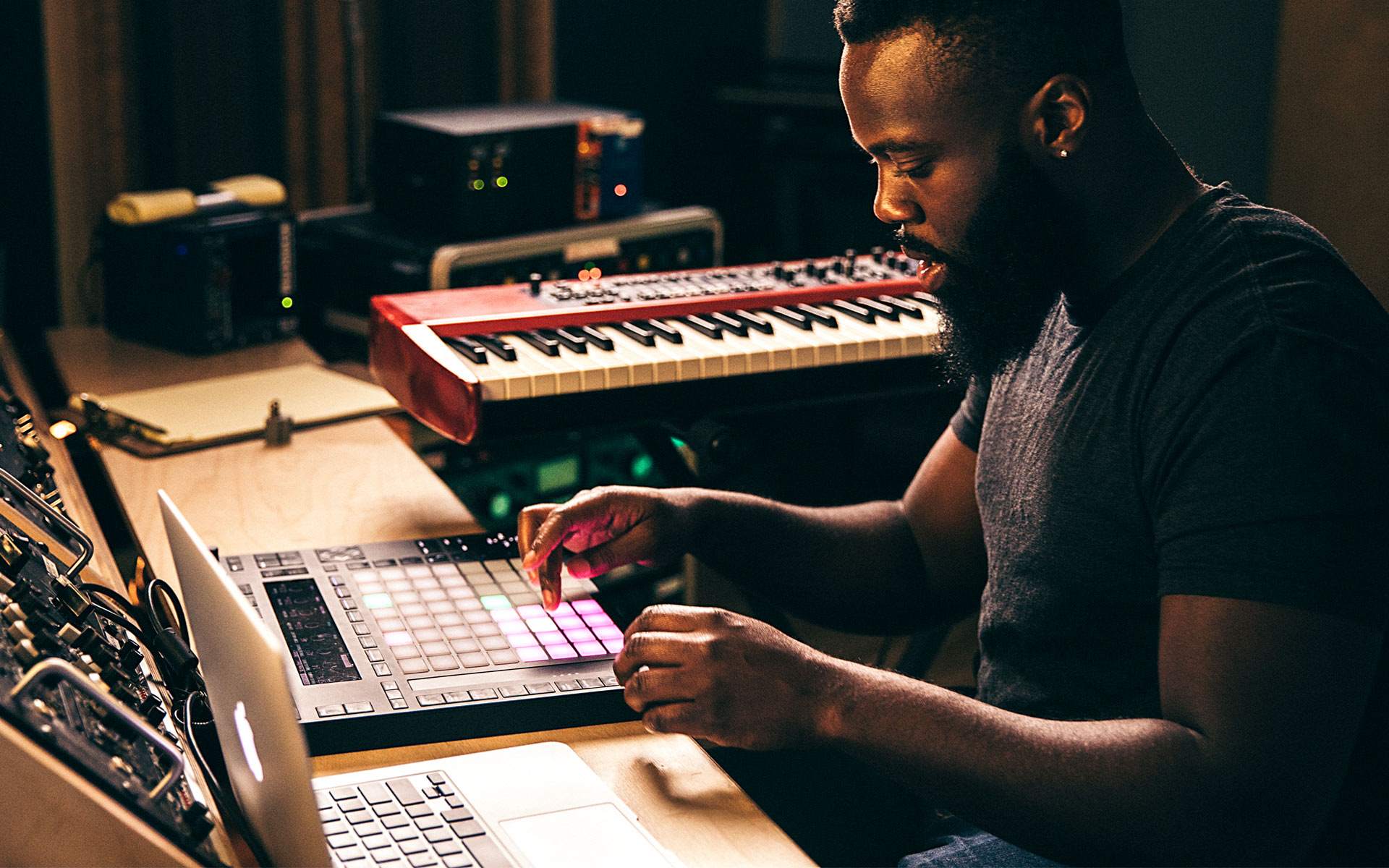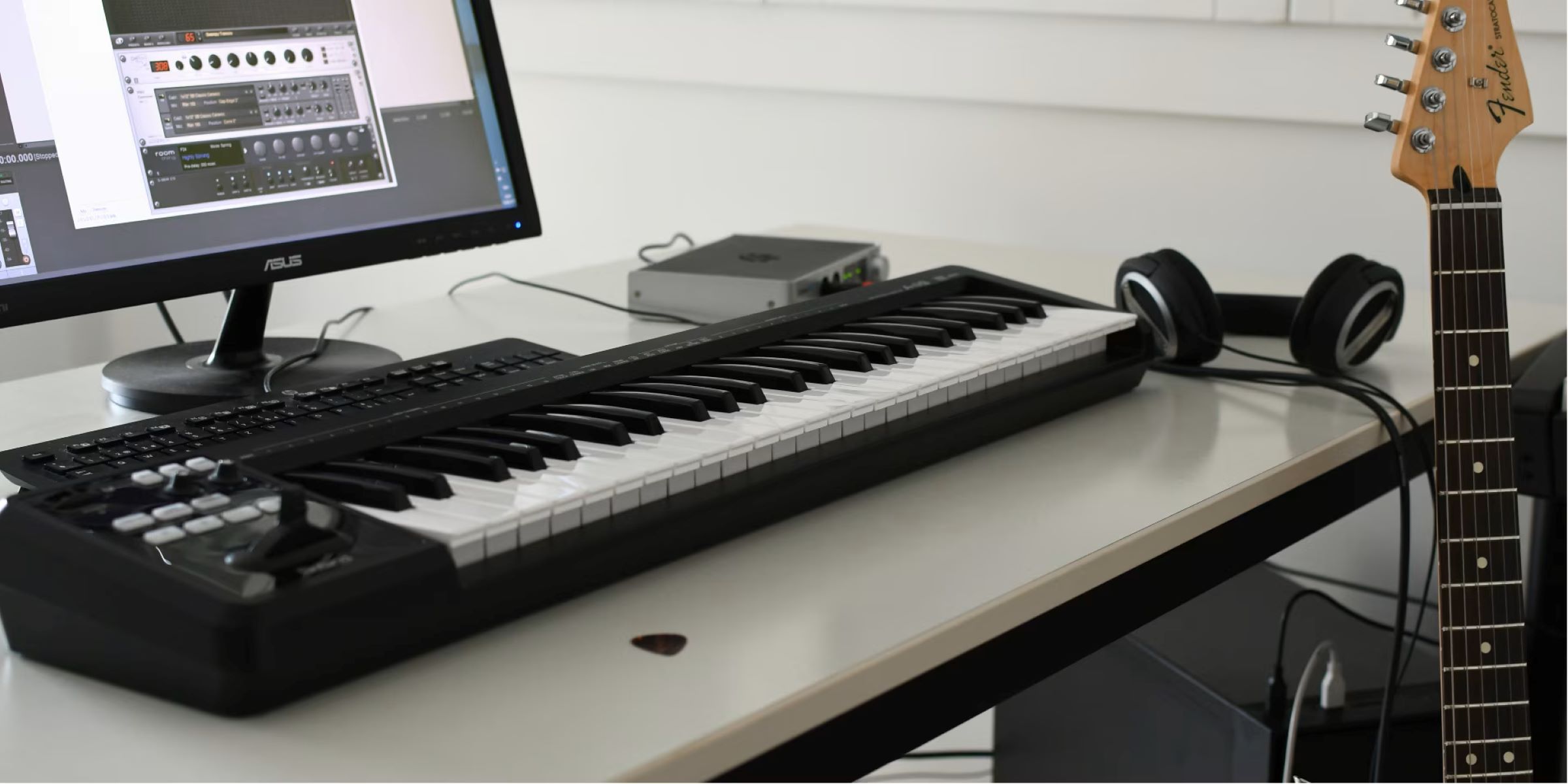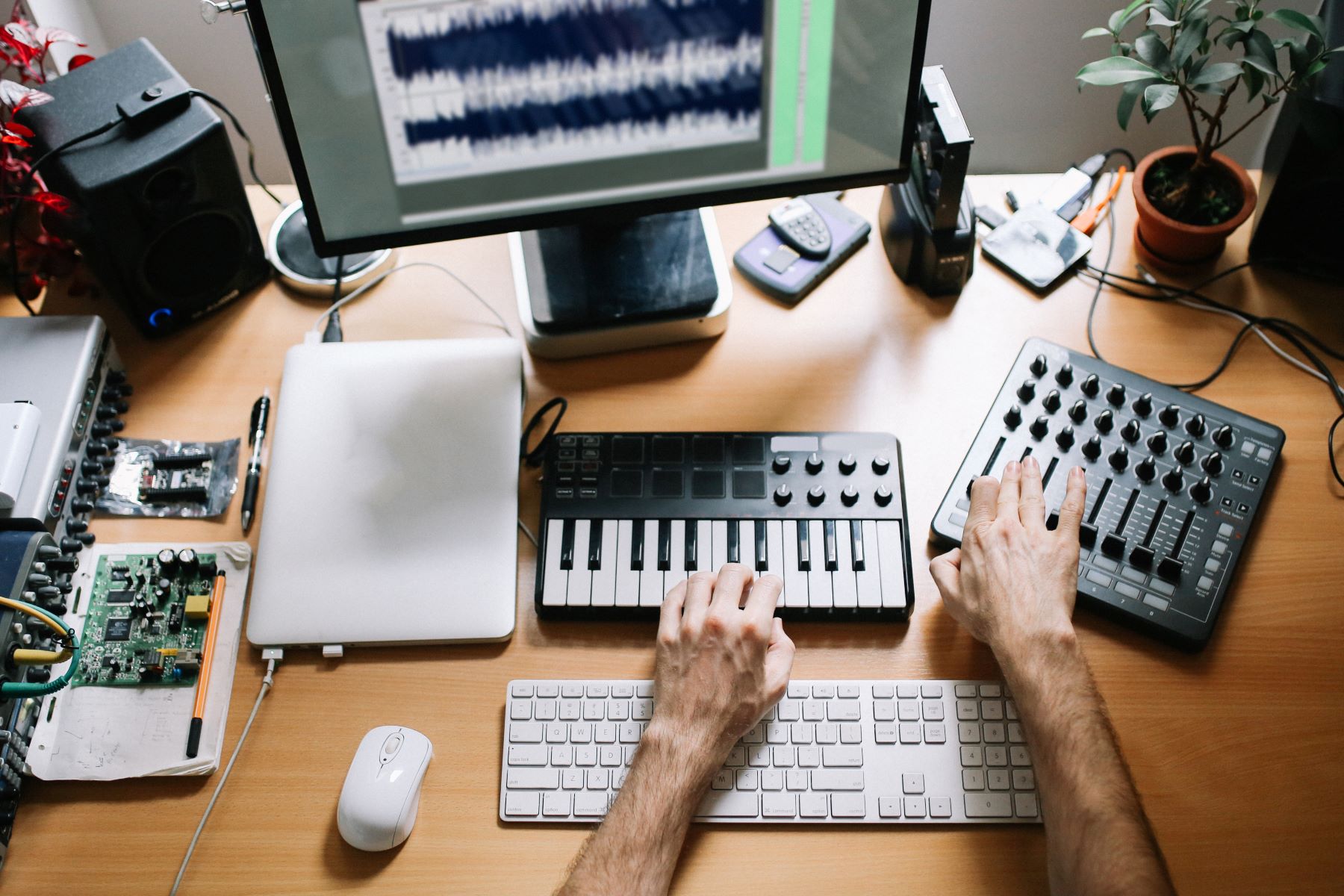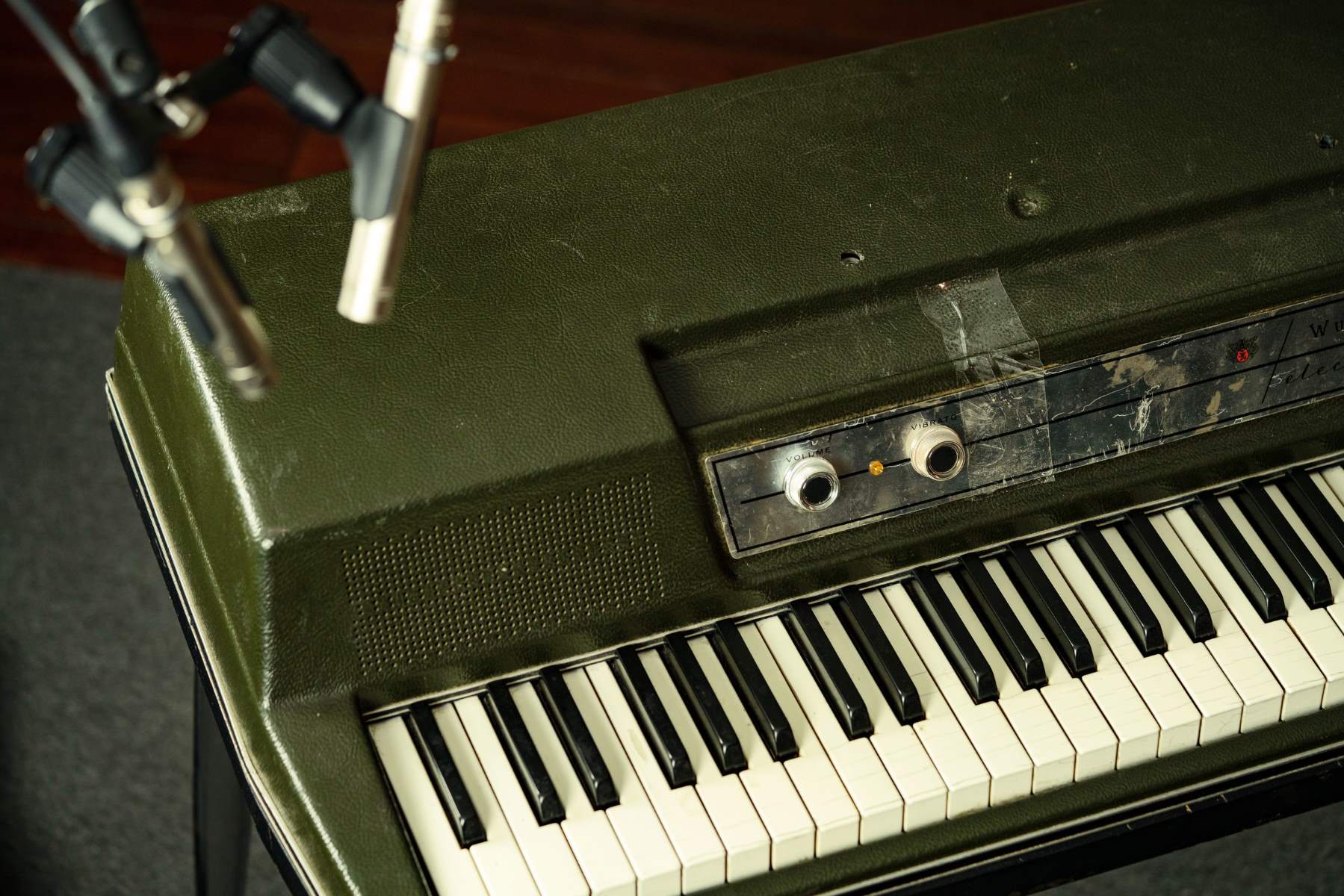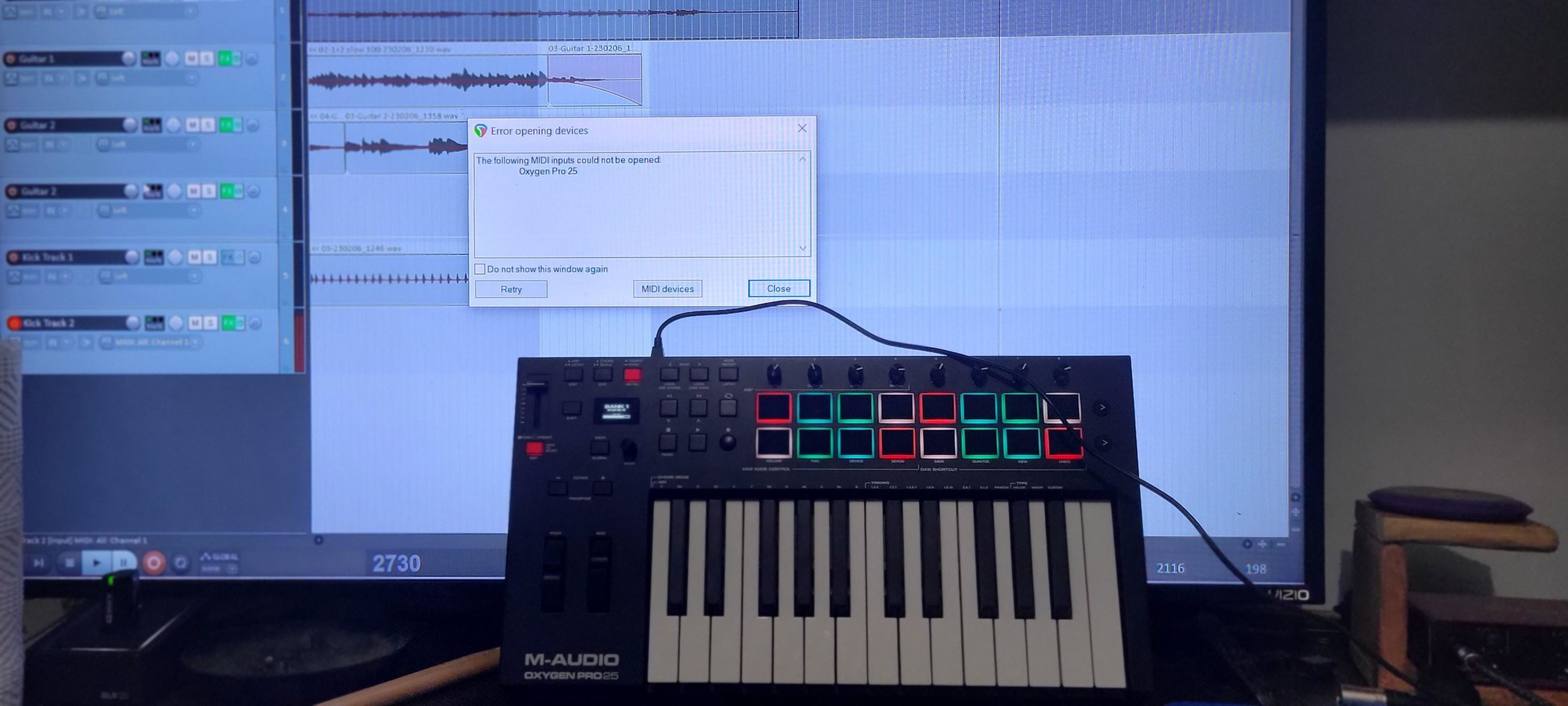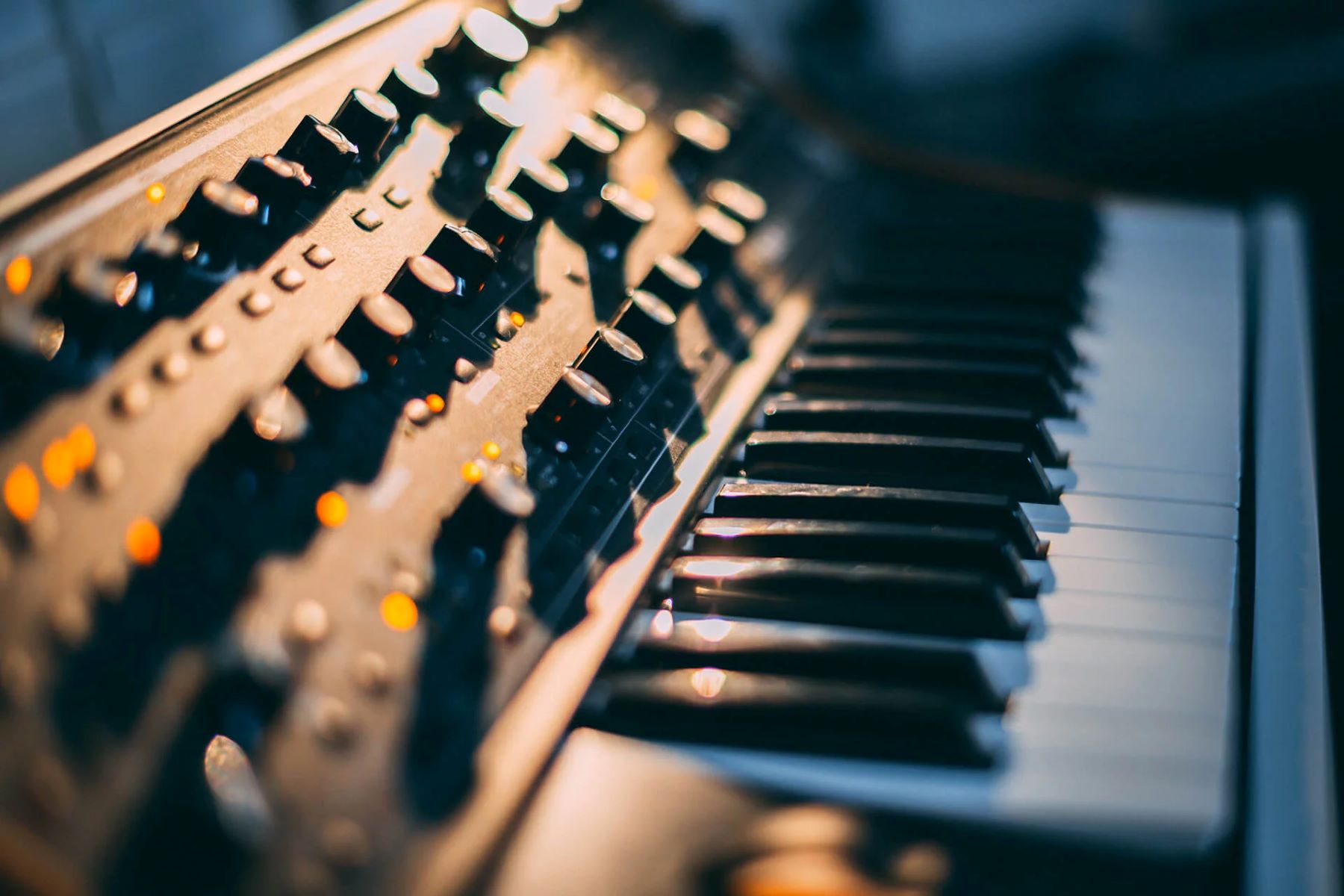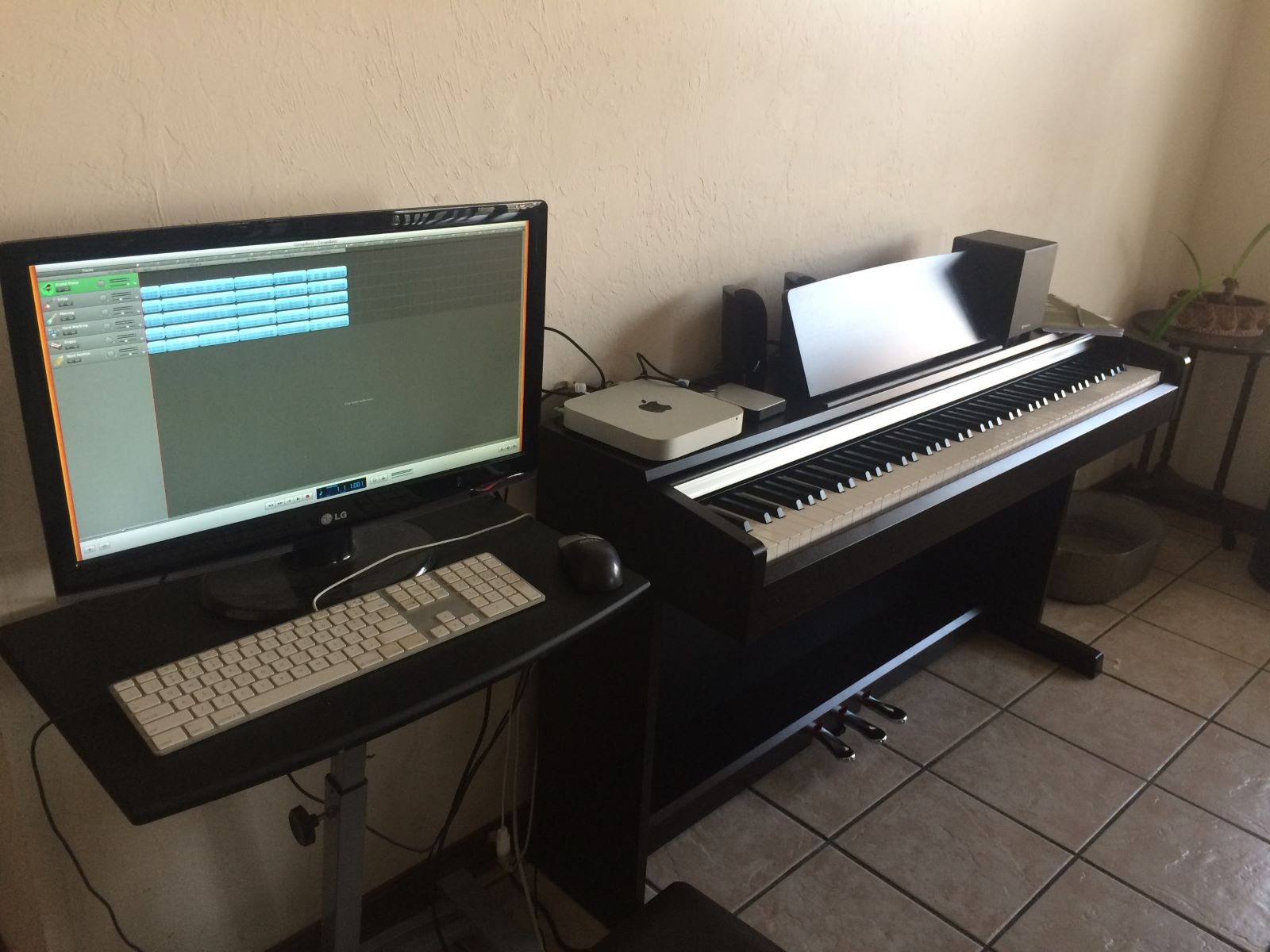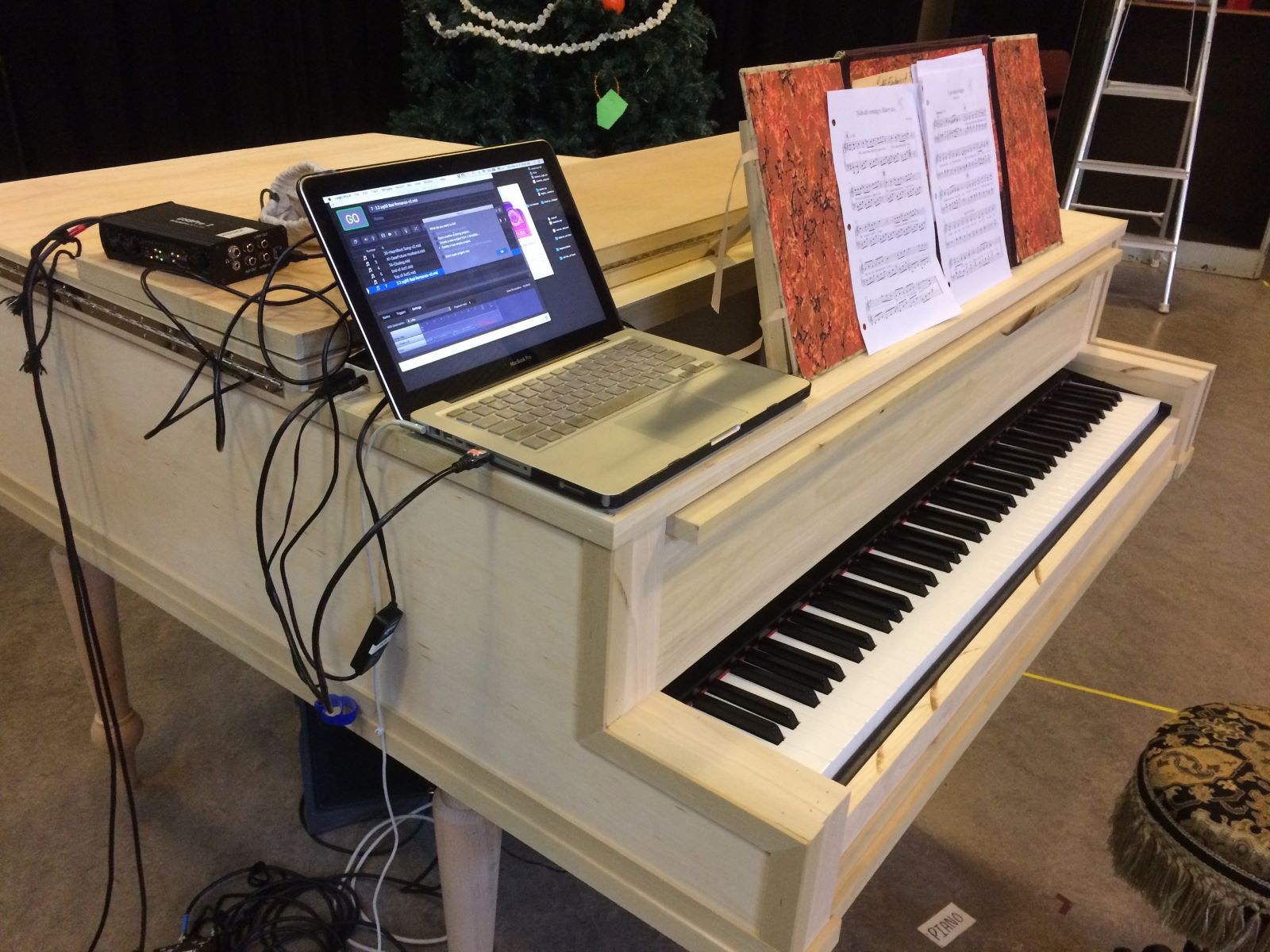Introduction
Introduction
Recording your digital piano can be a rewarding and enjoyable experience, allowing you to capture your musical creations and share them with others. Whether you are a professional musician, a music teacher, or simply a passionate hobbyist, recording your digital piano performances can open up a world of possibilities. From creating high-quality demos to sharing your music online, the ability to record your digital piano offers endless opportunities for creativity and expression.
In this guide, we will explore the essential steps to record your digital piano effectively. From choosing the right equipment to setting up your recording space and connecting your digital piano to an audio interface, we will cover everything you need to know to achieve professional-quality recordings. Additionally, we will delve into the intricacies of recording software and settings, providing you with the knowledge to optimize your recording process.
Whether you are a seasoned recording enthusiast or a newcomer to the world of digital piano recording, this guide aims to equip you with the necessary information to embark on your recording journey with confidence. By following the tips and techniques outlined in this guide, you will be well on your way to capturing the rich, expressive sound of your digital piano in stunning detail.
So, grab your digital piano, prepare your recording space, and let's dive into the exciting world of digital piano recording. With the right knowledge and a passion for music, you can create captivating recordings that truly showcase your musical talent. Let's get started!
Choosing the Right Equipment
When it comes to recording your digital piano, selecting the right equipment is crucial to achieving high-quality results. From microphones and audio interfaces to headphones and cables, each component plays a vital role in capturing the rich, nuanced sound of your digital piano. Here are the key factors to consider when choosing the right equipment for recording your digital piano:
- Microphones: The choice of microphone can significantly impact the quality of your piano recordings. For a stereo recording setup, a pair of condenser microphones is often preferred to capture the full range of sound. Alternatively, a high-quality dynamic microphone can be used for close-miking specific areas of the piano for a different tonal character.
- Audio Interface: An audio interface serves as the bridge between your digital piano and your recording device (computer or digital recorder). Look for an interface with high-quality preamps and digital converters to ensure pristine audio capture. Additionally, consider the number of input channels required to accommodate your recording setup.
- Headphones: Monitoring your recordings with precision is essential for achieving the desired sound. Invest in a pair of studio-quality headphones that provide accurate sound reproduction and comfortable long-term wear. Closed-back headphones are often preferred to minimize sound leakage during recording.
- Cables and Stands: Reliable cables and sturdy microphone stands are essential for creating a stable and organized recording environment. Quality XLR cables and adjustable microphone stands can contribute to a hassle-free recording setup.
Before making any purchases, it’s essential to research and compare different equipment options to find the best fit for your recording needs. Consider your budget, recording space, and the specific sound characteristics you aim to capture. By investing in high-quality equipment that aligns with your recording objectives, you can set the stage for exceptional digital piano recordings.
Setting Up Your Recording Space
Creating an optimal recording environment for your digital piano is essential to capture pristine audio with minimal interference. Whether you have a dedicated home studio or a multipurpose space for recording, the following considerations will help you set up an effective recording space:
- Room Acoustics: Assess the acoustic properties of your recording space to identify potential challenges and make necessary adjustments. Consider acoustic treatment options such as bass traps, acoustic panels, and diffusers to manage reflections and create a balanced sonic environment.
- Noise Control: Minimize external noise sources by choosing a quiet location for your recording setup. Ensure that the room is isolated from household disturbances and external sounds, allowing you to focus on capturing the pure sound of your digital piano.
- Positioning the Piano: Experiment with the placement of your digital piano within the room to achieve the best sound. Avoid placing the piano too close to reflective surfaces or corners, as this can lead to unwanted acoustic artifacts. Additionally, consider the orientation of the piano in relation to the recording equipment for optimal sound capture.
- Comfort and Ergonomics: Create a comfortable and ergonomic setup that allows you to perform and record with ease. Ensure that the piano bench, microphone stands, and recording equipment are positioned for optimal performance and efficient workflow.
- Lighting and Ambience: Adequate lighting and a pleasant ambience can contribute to a conducive recording atmosphere. Consider the visual aspects of your recording space to create a welcoming and inspiring environment for your recording sessions.
By carefully addressing these aspects, you can transform your recording space into a conducive environment for capturing the nuanced sound of your digital piano. Whether you are recording for personal enjoyment or professional projects, a well-prepared recording space sets the stage for exceptional results.
Connecting Your Digital Piano to an Audio Interface
Connecting your digital piano to an audio interface is a fundamental step in the recording process, allowing you to capture the expressive nuances of your performances with clarity and precision. Here’s a guide to effectively connect your digital piano to an audio interface:
- Identify Audio Outputs: Locate the audio outputs on your digital piano, which are typically found as 1/4″ or 1/8″ jacks, RCA connectors, or digital audio outputs such as USB or S/PDIF. Understanding the available output options on your piano is essential for connecting to the audio interface.
- Choose the Right Cables: Select high-quality cables to connect the audio outputs of your digital piano to the input channels of the audio interface. Depending on the connection types, you may need instrument cables, TRS cables, XLR cables, or digital audio cables to establish the connection.
- Set Input Levels: On the audio interface, adjust the input levels to ensure an optimal signal level without clipping. Most audio interfaces feature gain knobs or digital level controls for each input channel, allowing you to set the appropriate input levels for your piano signal.
- Monitor the Signal: Use the headphone output or monitor outputs of the audio interface to listen to the piano signal in real-time. Monitoring the signal allows you to assess the sound quality and make any necessary adjustments to the recording setup.
- Check Latency: When using a computer-based recording setup, it’s essential to check the latency of the audio interface to minimize any delay between playing the piano and hearing the sound through the monitoring system. Adjust the buffer settings in your recording software to optimize the latency for a seamless recording experience.
By establishing a solid connection between your digital piano and the audio interface, you pave the way for capturing the full sonic spectrum of your instrument with fidelity and accuracy. This crucial link in the recording chain forms the foundation for translating your musical expressions into captivating recordings.
Recording Software and Settings
Choosing the right recording software and configuring the appropriate settings are pivotal in realizing the full potential of your digital piano recordings. Whether you prefer a simple, intuitive interface or a feature-rich digital audio workstation (DAW), the recording software you select can significantly impact your workflow and the quality of your recordings. Here are essential considerations for recording software and settings:
- DAW Selection: Evaluate different digital audio workstations to find a platform that aligns with your recording needs and preferences. Consider factors such as user interface, MIDI capabilities, audio editing tools, and plugin support when choosing the right DAW for your digital piano recordings.
- Audio Settings: Configure the audio settings within your recording software to match the specifications of your recording setup. Set the sample rate, bit depth, and audio input/output routing to ensure seamless integration with your audio interface and digital piano.
- MIDI Integration: If your digital piano features MIDI connectivity, explore the MIDI integration capabilities of your recording software. Utilize MIDI tracks for capturing performance data, triggering virtual instruments, and enabling flexible editing and arrangement options within the DAW.
- Virtual Instruments and Effects: Leverage the power of virtual instruments and audio effects within your recording software to enhance the sonic palette of your digital piano recordings. Experiment with high-quality piano sample libraries, reverbs, EQs, and dynamics processors to sculpt the desired sound.
- Session Organization: Establish a systematic approach to organizing your recording sessions within the software. Create dedicated tracks for different microphone inputs, MIDI channels, and auxiliary effects sends to maintain a structured and efficient recording environment.
By familiarizing yourself with the recording software and optimizing the settings to suit your recording requirements, you can harness the full potential of your digital piano recordings. Whether you are capturing solo performances, multi-track arrangements, or experimental soundscapes, the right recording software and settings can empower you to bring your musical visions to life with precision and creativity.
Tips for a Great Recording
Embarking on a digital piano recording journey presents a myriad of opportunities to capture compelling performances and express your musical artistry. To elevate the quality of your recordings and streamline the recording process, consider the following tips for achieving exceptional results:
- Performance Preparation: Prior to recording, dedicate time to rehearse and refine your performances. Familiarize yourself with the nuances of the pieces you intend to record, allowing for confident and expressive playing during the recording session.
- Optimal Piano Setup: Ensure that your digital piano is properly tuned and maintained to deliver a pristine sound. Clean the keyboard and ensure that the instrument is free from any mechanical issues that may affect the recording quality.
- Room Acoustics: Leverage the acoustic qualities of your recording space to enhance the sonic character of your piano recordings. Experiment with microphone placement and room positioning to capture the ideal balance of direct and ambient sound.
- Microphone Techniques: Explore various microphone techniques to capture the unique tonal characteristics of your digital piano. Experiment with stereo miking, close-miking, and room miking to discover the most flattering sonic perspectives for your recordings.
- Performance Dynamics: Focus on conveying dynamic expression in your performances, utilizing the full range of touch and articulation offered by your digital piano. Embrace subtle nuances and powerful crescendos to infuse depth and emotion into your recordings.
- Monitoring and Feedback: Use high-quality headphones or studio monitors to monitor your recordings effectively. Regularly listen back to your takes, seeking opportunities for improvement and fine-tuning your performances for the best results.
- Post-Production Considerations: After recording, explore the possibilities of post-production techniques such as editing, mixing, and mastering to refine the sonic characteristics of your recordings. Pay attention to detail while preserving the authentic essence of your performances.
By integrating these tips into your recording approach, you can optimize the recording process and elevate the overall quality of your digital piano recordings. Whether you are capturing classical compositions, contemporary arrangements, or original works, these insights can empower you to create captivating recordings that resonate with depth and clarity.
Conclusion
Embarking on the journey of recording your digital piano opens a world of creative possibilities, allowing you to capture the essence of your musical expressions with fidelity and artistry. By carefully selecting the right equipment, setting up an optimal recording space, and mastering the technical intricacies of audio interface connections and recording software, you lay the foundation for producing exceptional recordings.
Throughout this guide, we’ve delved into the essential steps and considerations for recording your digital piano with precision and creativity. From the meticulous selection of microphones and audio interfaces to the strategic setup of your recording space, each aspect contributes to the seamless translation of your musical performances into captivating recordings.
As you venture into the realm of digital piano recording, remember that the journey is as enriching as the destination. Embrace the nuances of your performances, harness the sonic potential of your instrument, and explore the boundless opportunities for musical expression through recording. Whether you aspire to share your music with a global audience or simply preserve your compositions for personal enjoyment, the art of digital piano recording offers a fulfilling avenue for creativity and self-expression.
With a blend of technical proficiency, artistic sensitivity, and a passion for musical storytelling, you have the power to craft recordings that resonate with authenticity and emotion. As you hone your recording skills and explore the sonic landscapes of your digital piano, may your musical journey be marked by continuous inspiration, growth, and the joy of sharing your artistry with the world.
So, seize the opportunity to embark on your digital piano recording odyssey with confidence and enthusiasm. Let your musical voice reverberate through the art of recording, and may your recordings serve as timeless testaments to the beauty of your musical vision.







